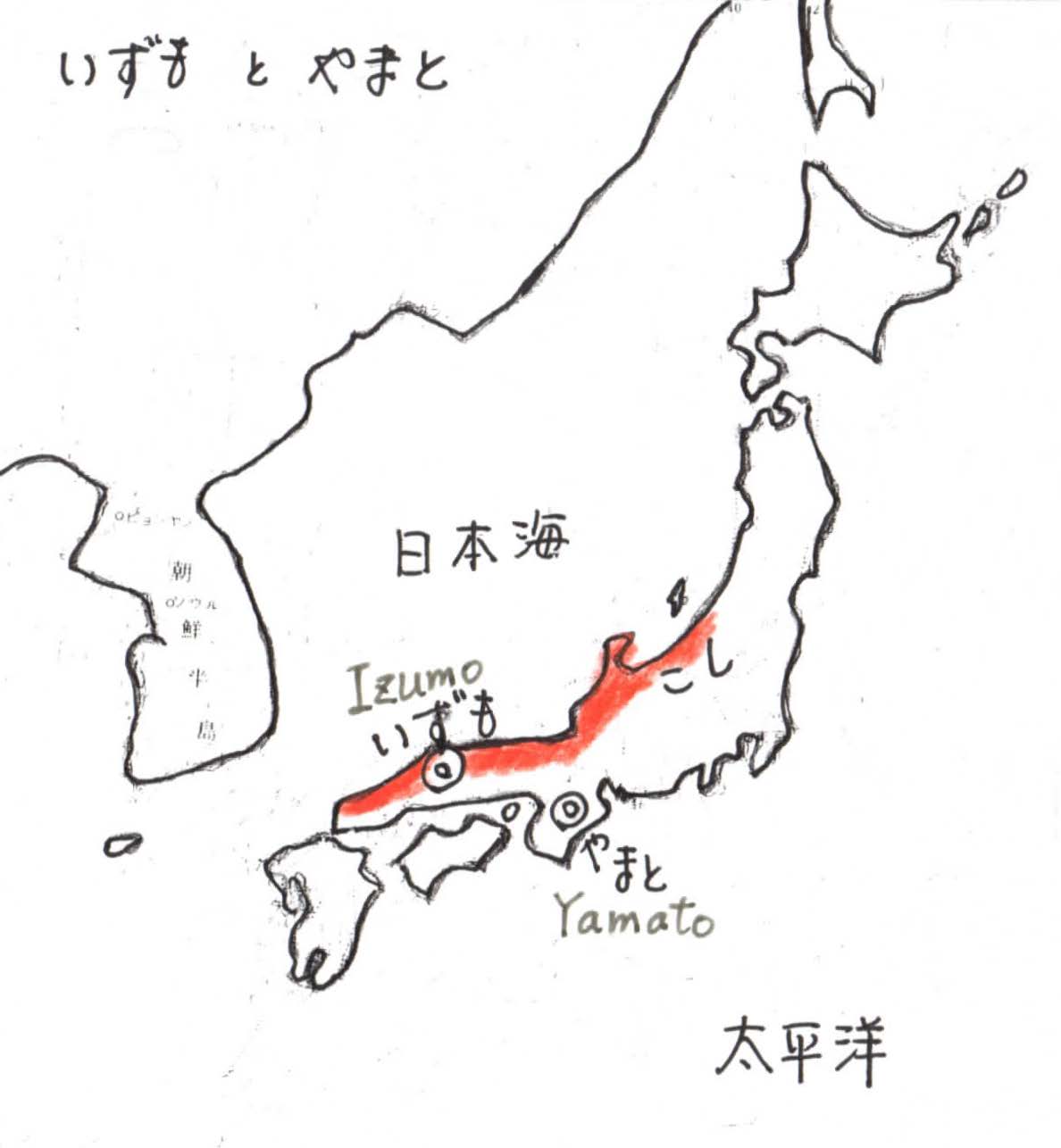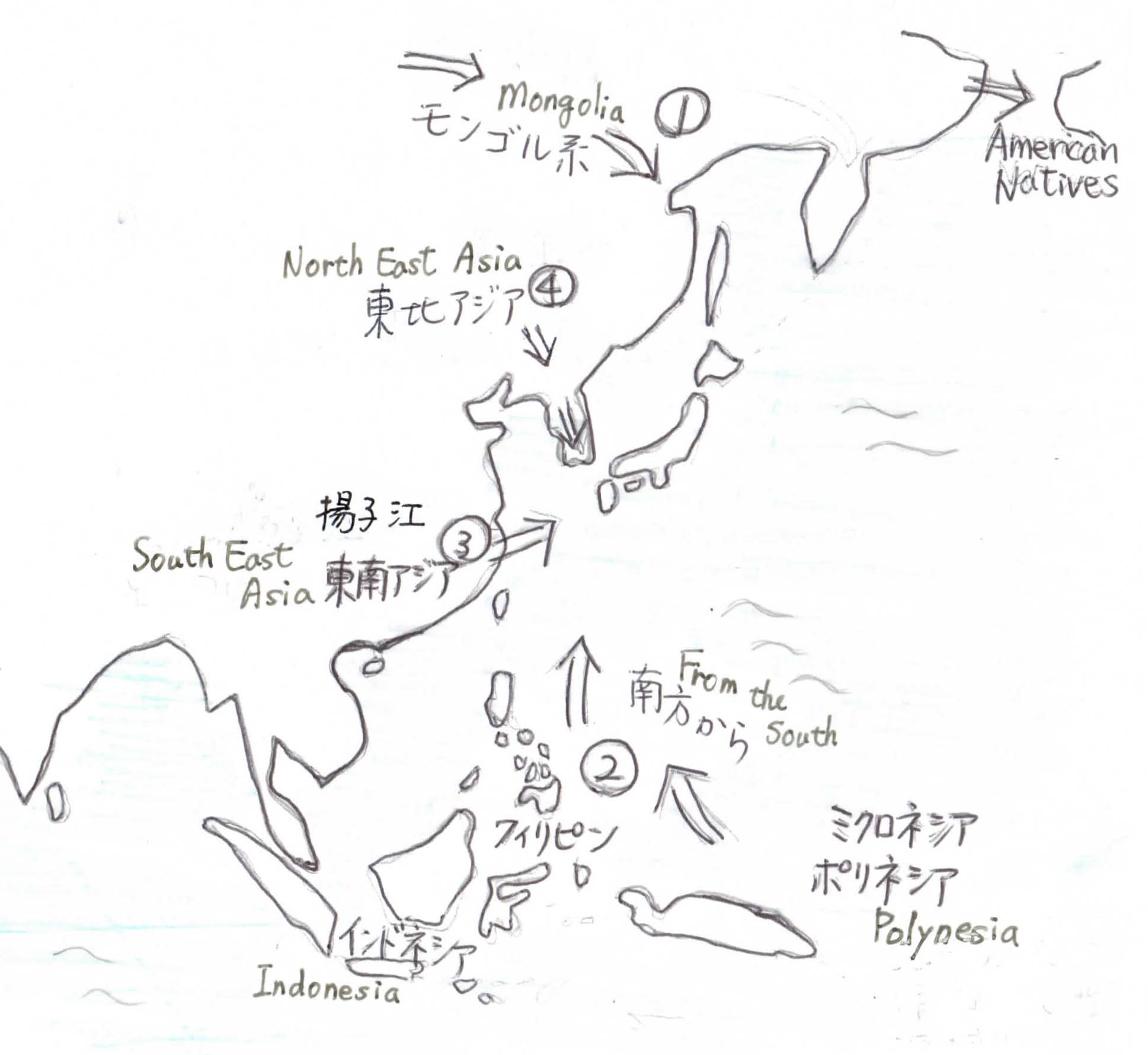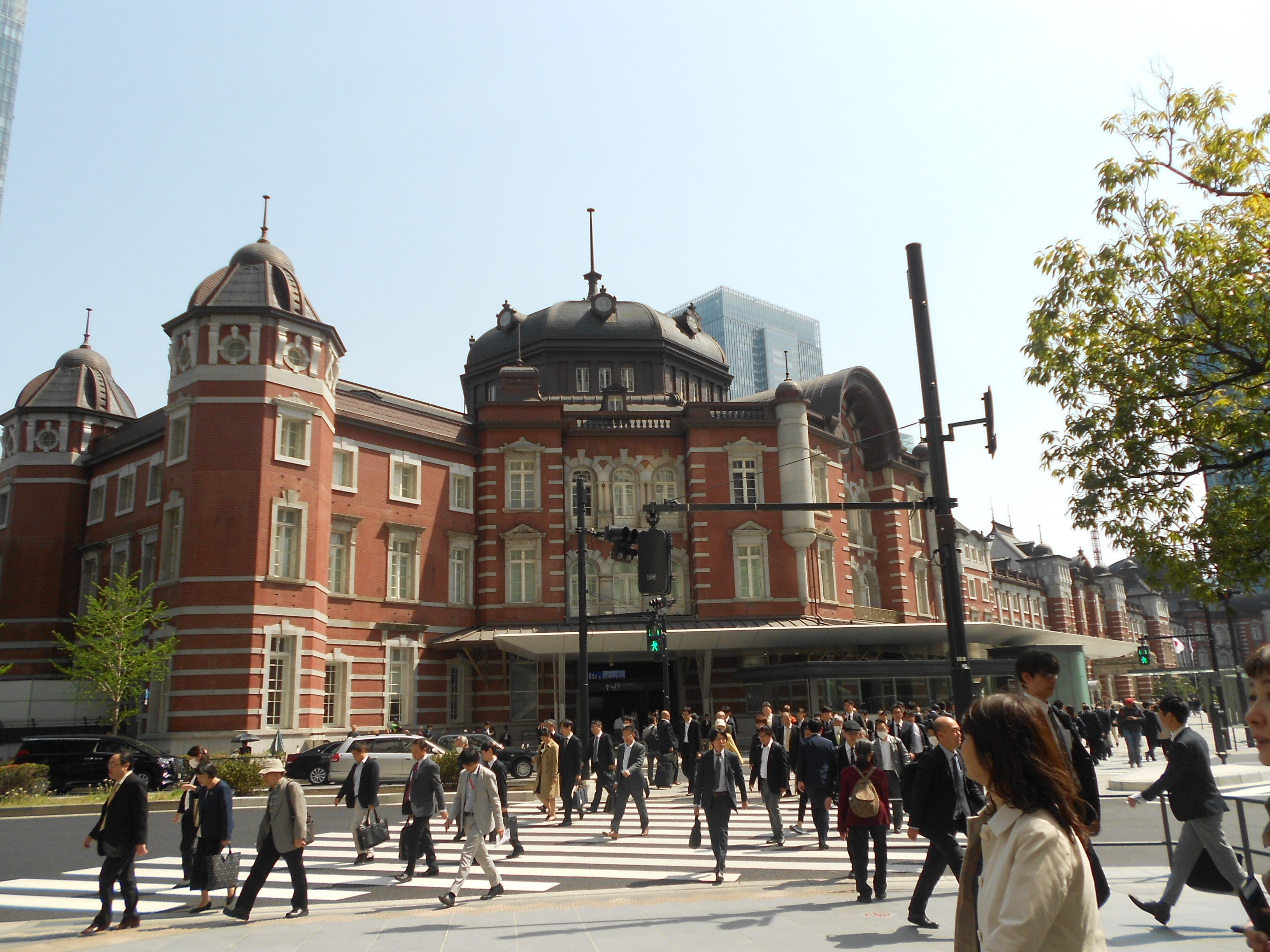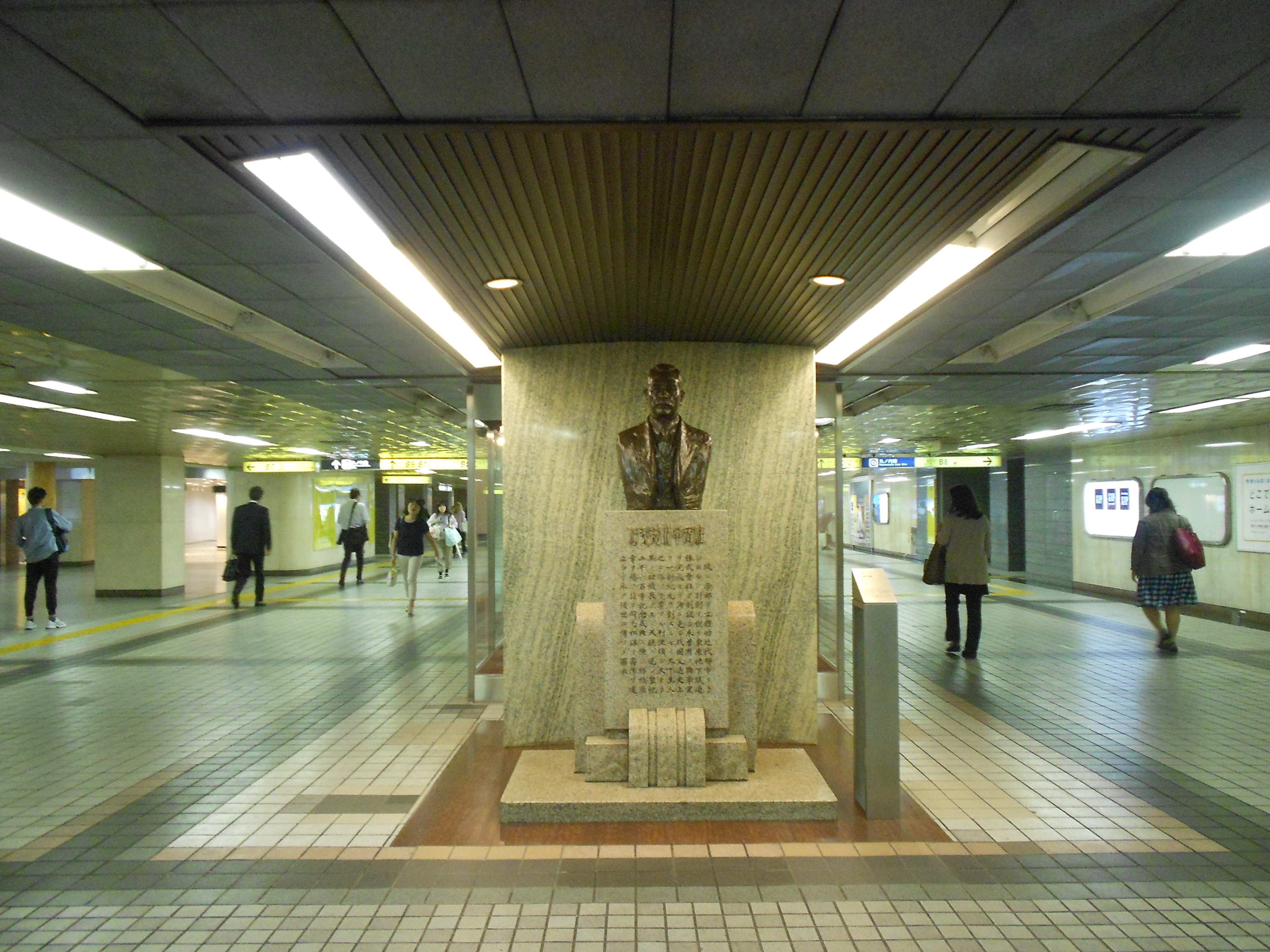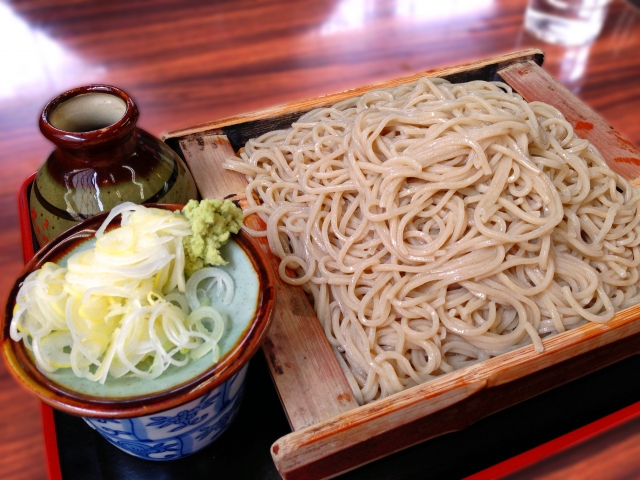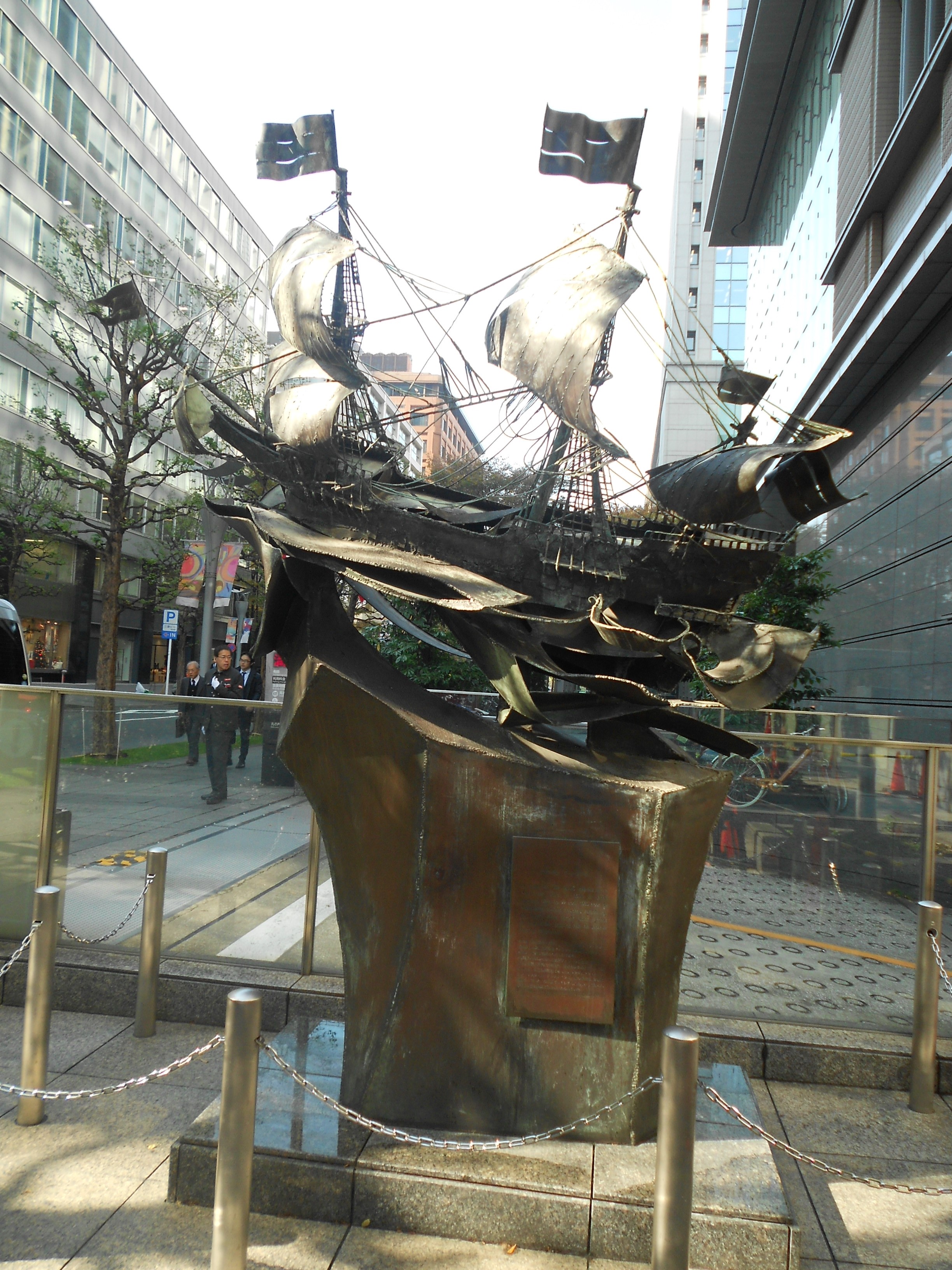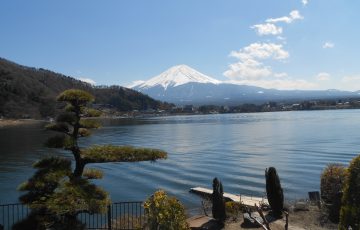☆ 1 Magnitude
“Magnitude ” is measured on the Richter Scale , which is named after the American, Charles Richter. (1935) Magnitude shows how powerful an earthquake is. The scale is logarithmic and has nine levels:
Magnitude 1 is the equivalent power of an explosive power of about 480 g of TNT (TNT is Trinitron toluene).
M 2 is about 31.6 times as large as M 1
M 3 is 〃 M2
M 4 〃 M3
M 5 〃 M4
M 6 〃 M5
M 7 〃 M6
M 8 〃 M7
M 9 〃 M8
M3 is 1000 times as large as M1.
M9 would be about 400 million tons of explosive power of TNT.
The Great North-East Japan Earthquake in 2011 was M9.
☆ 2 Shindo ( Seismic intensity)
Japanese term, Shindo (震度 ) was made by the Japan Meteorological Agency in 1949. It measures how much shaking there is in one place. So it is more intense closer to the epicenter and becomes less intense farther from the epicenter.
Now it is measured by a machine, but before 1996, it was measured by how people reported they felt.
Shindo 1 Some people feel shakes slightly.
Shindo 2 Most of people feel shakes.
Shindo 3 Windows rattle.
Shindo 4 Floors shake and things fall down from shelves.
Shindo 5 Drawers and bookshelves fall down and stone walls collapse.
Shindo 6 We cannot stand. Wooden houses collapse.
Shindo 7 Landslides occur. Concrete buildings break down.
At the time of the Great East Japan Earthquake in 2011 it was Shindo 7 at some places in Tohoku district. Tokyo was roughly Shindo 5. Books fell down from book shelves in my house, and paved roads was moving up and down like big waves. It was amazing that after the big waves of trembles, the roads returned to its former condition.
☆ 3 Why do earthquakes occur?
The surface of the earth is covered with a crust and is broken up into 12 tectonic plates of 20 to 100 km in thickness.
The inside of the earth, there is the “core” made of different metals and outside of the core, there is another layer, the “mantle”. It’s hard rock and very thick.
Earthquakes happen because the mantle moves. The mantle is always moving very slowly. When it moves, the plate moves too at some places where the different plates meet.
Japan is on top of 4 different plates – the Pacific plate, the North American plate, the Eurasian plate, and the philippine Sea plate.
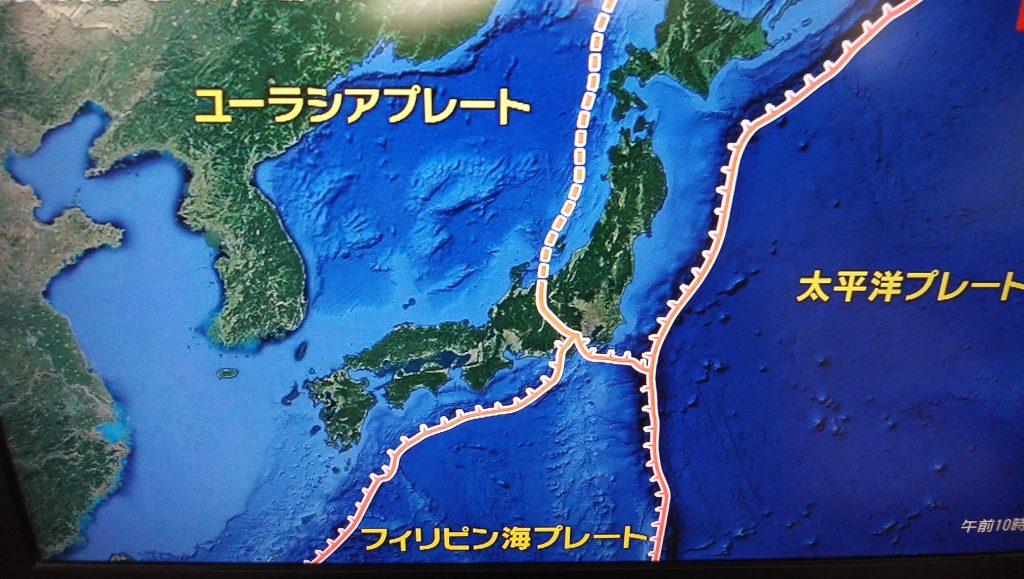
At the east of the Japanese islands, “the Pacific Plate” is moving from the direction of Hawaii towards Japan a few centimeters a year. Here the Pacific Plate hits “the Eurasian Plate” and is forced under the Eurasian Plate.
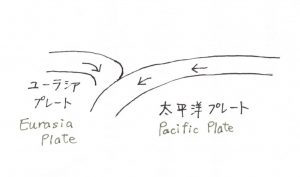
In places like Japan, where one plate is forced under another plate, earthquakes often occur. The earth’s crust in these places is unstable and it easily distorts.
☆ 4 The major earthquakes in Japan in the last 300 years are :
2016 Kumamoto Aso earthquake Richter scale : M7
2011 Great East Japan earthquake and Tsunami Richter scale : M9
1995 Hanshin Awaji earthquake : M7
1923 Great Kanto earthquake : M 7.9
1894 Meiji Tokyo earthquake : M7
1855 Ansei Edo earthquake : after the time when the black ships arrived from US
1783 Eruptions of Mt. Asama
1782 Temmei Odawara earthquake
1703 Genroku earthquake : M8.2
・
We sometimes see scenes of earthquakes in Japanese TV dramas.
In 1596 while Hideyoshi was constructing a big castle in Fushimi near Kyoto, it was hit by a big earthquake, and the castle collapsed. More than 20,000 people died in Kyoto.
There are more than 1000 earthquakes in a year almost all over Japan, and earthquakes have been a part of Japanese history for a long time. We know we should always prepare for earthquake and Tsunami.
In a word
“Magnitude” is the power of an earthquake itself and “Shindo (seismic intensity)” shows how much shaking there is in each place.



